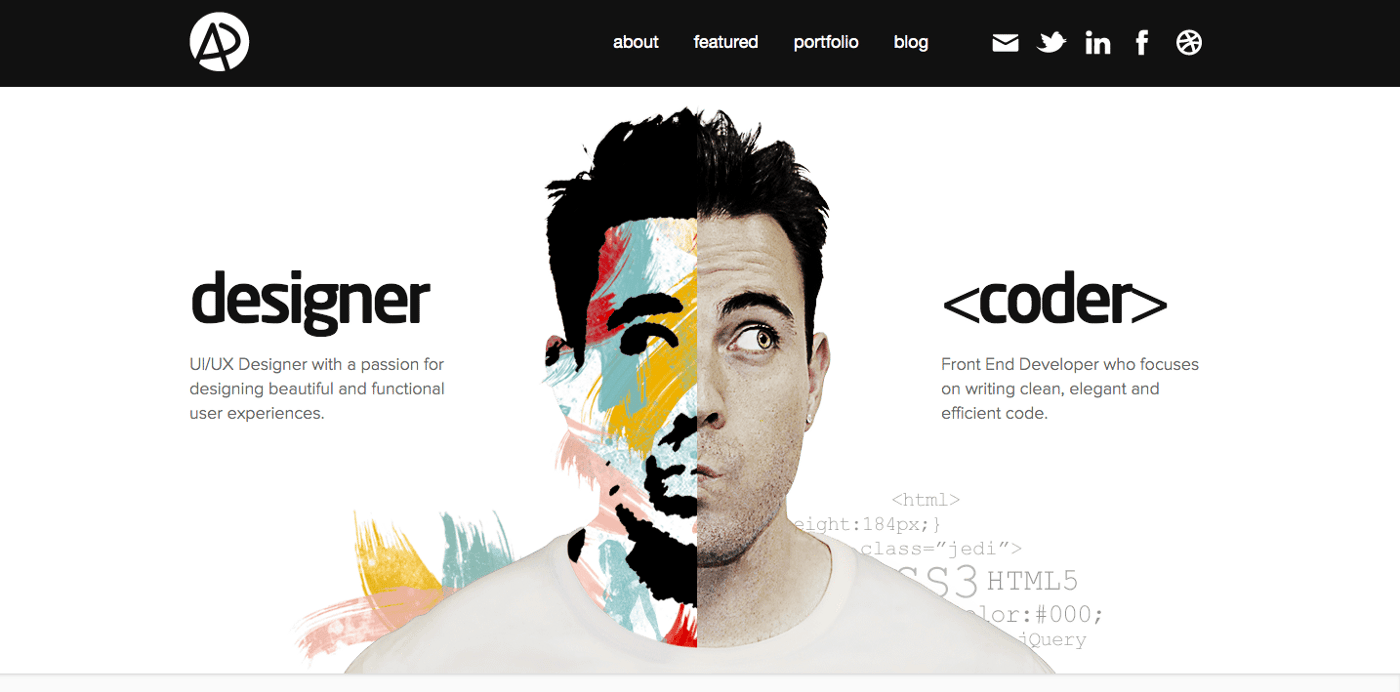Over the last decade, there has been an unprecedented need for people with programming and associated abilities. The widespread use of computers has led to this shift, and the tendency persists. Consequently, as the market evolves, certain sectors will contract, forcing workers to acquire new competencies. I think the demand and financial rewards of programming have attracted individuals from all walks of life to try to master it.
If I hadn’t witnessed folks become programmers in less than a year, I might share your skepticism. Let’s be straightforward: a year will not make you proficient or even a good coder. You’re a software engineer who wants a well-paying career in a sector with room for advancement and the ability to acquire new skills. So, your goal is to improve your programming abilities to the point when even the simplest tasks can be tackled.
Though there are several entry points into the field of computer science, I would recommend choosing a front-end developer position if you need to get a job quickly. Despite the common belief that front-end developers have it easy, I believe there are activities that need fewer abilities on the front end and that, in the same amount of time, you may gain more fulfilling talents.
Contents
1. Analyse Your Market
Before committing to a certain programming platform, you should investigate the local market. Learning skills that are in greater competition in your region might improve your prospects. Historically, Ruby on Rails has been the primary focus of programming bootcamps, and there has been a wide variation in the demand for different technologies across different regions. Do your research so you won’t feel guilty about it afterward
2. Best Source Churns The Big Wins
Once you’ve settled on a language and framework, the next step is to locate a class, guidebook, or Bootcamp that will teach you the ropes and show you the way. How much you are willing to put into your own education is a key factor here. A $30 course has outperformed a $3,000 Bootcamp in my experience. Put forth a lot of time to locate the ideal solution.
For further information, I recommend visiting www.udacity.com, www.udemy.com, and www.coursera.org. You may discover what you need at one of these websites since they all provide quite helpful tutorials.
3. Create Projects
After finishing your program, you should immediately begin generating several sample projects to present to prospective companies as evidence of your abilities. This is a crucial step in accomplishing the aim. Keep studying and making progress on assignments, at least until you secure your first job beyond this stage. Start with basic tools like a calendar and calculator. You should also make a portfolio website so the employer may examine examples of your previous work.
4. Apply For Jobs
In order to apply for jobs after completing your portfolios, you will need to create a résumé. I would advise focusing on your Linkedin profile, too and viewing it as a sort of resume since you will notice a lot more people contacting you if you’ve your Linkedin updated. The last step is to apply for any and all jobs that are a good match for your skillset. I wouldn’t worry about not meeting certain qualifications so long as the job description seems like something I could see myself performing.
This step might be quick for some people and tedious for others. You may be hired after only one screening, or you may go through a hundred. If you practice and become better in interviews, you will eventually get an offer.




